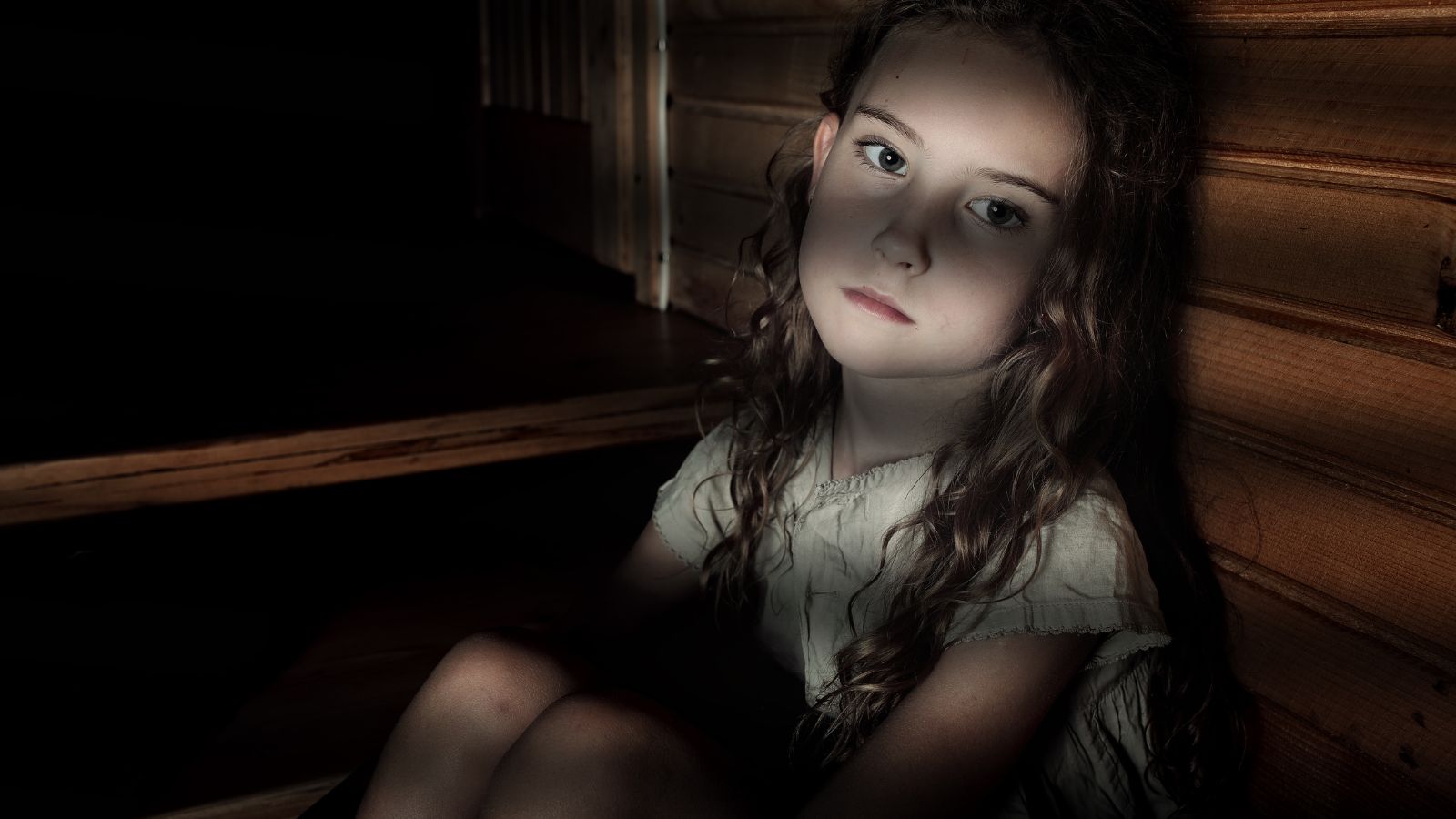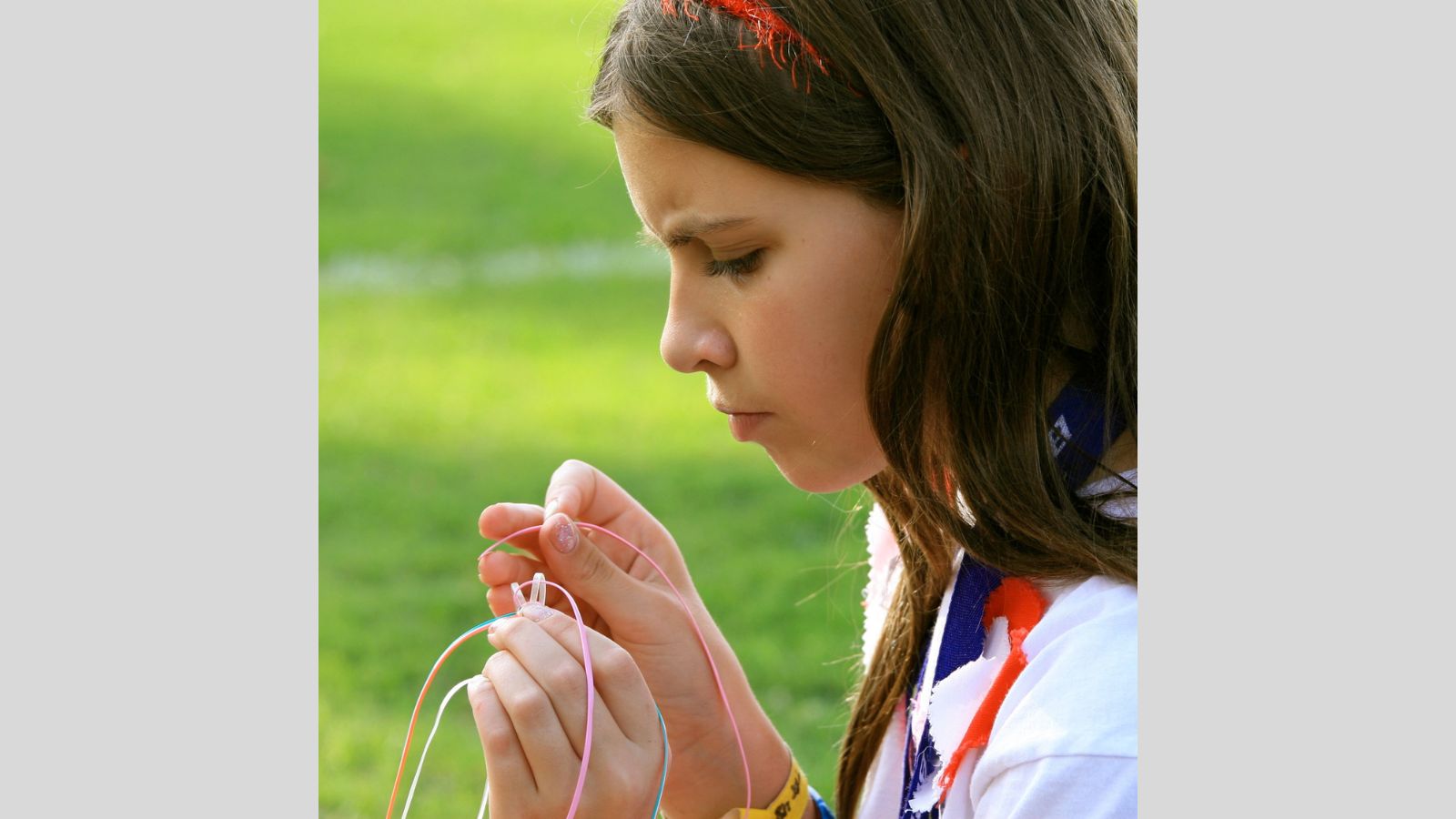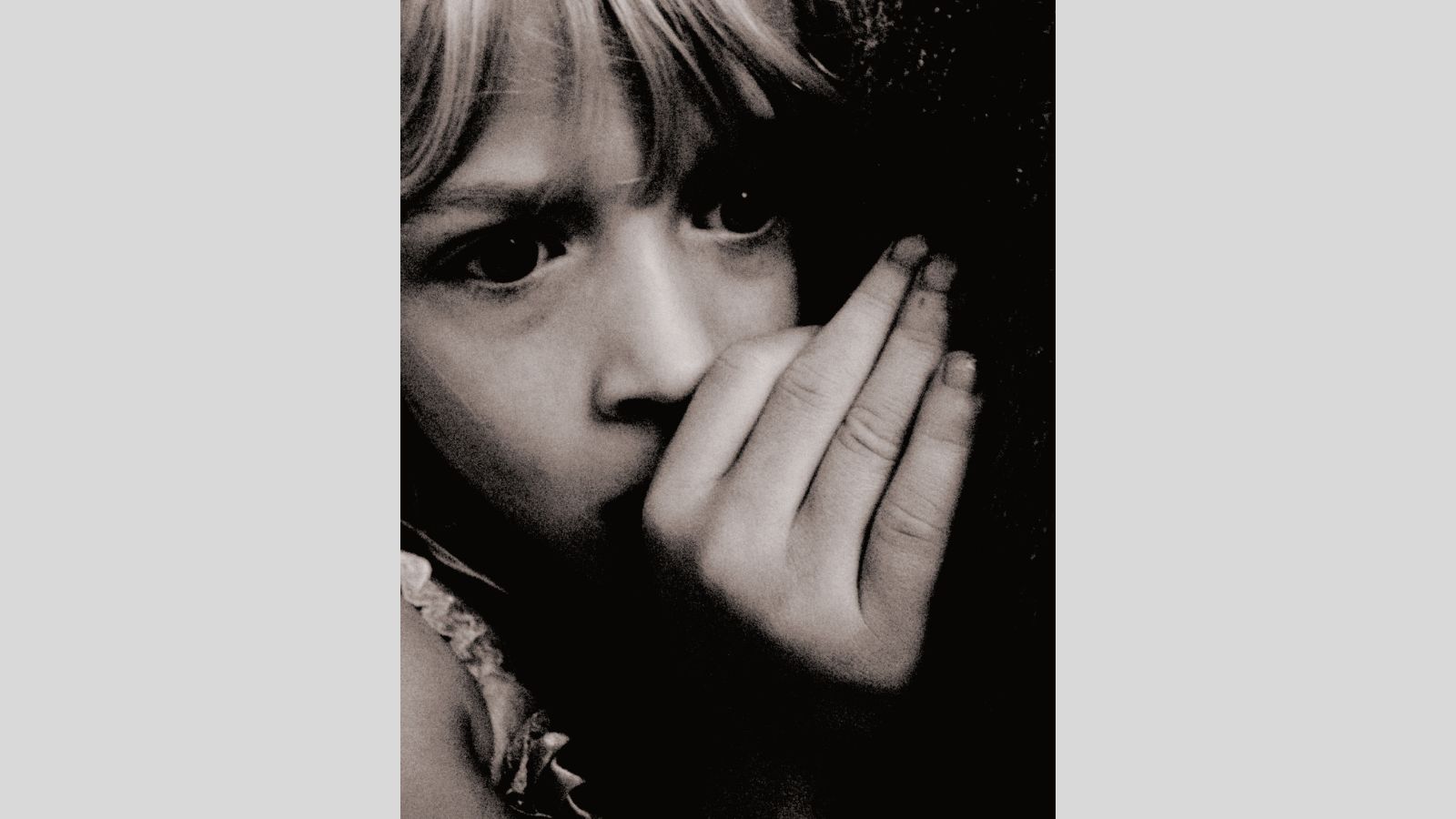President Joe Biden launched his reelection campaign and shows no signs that he will be groping out of the 2024 election. However, there is speculation that he may not last the entire process, and there are talks of other Democrats who are ready to take over. We take a look at the nine most likely Democrats who will take Biden’s place in the upcoming elections:
Vice President Kamala Harris

Editorial credit: lev radin / Shutterstock.
Kamala Harris is the 49th and current Vice President of the United States. She assumed office alongside President Joe Biden on January 20, 2021, and has worked closely with him on critical foreign policy and voting rights. Harris has gained praise for advocating for criminal justice reform, including measures to reduce recidivism and racial disparities in sentencing and championing affordable healthcare. As Vice President, Harris serves as the President’s right-hand advisor. He assumes presidential duties if the President is incapacitated, making her an easy fit to take over if Biden were to step down from his reelection campaign. At the moment, Harris has a 40% approval rating among registered voters.
Gavin Newsom of California

Editorial credit: Sheila Fitzgerald / Shutterstock.
Gavin Christopher Newsom is the current and 40th Governor of California, serving since 2019. Newsom co-founded the PlumpJack Group, a successful winery and hospitality company and a famous name across the U.S. Newsom gained a following after advocating for same-sex marriage and environmental protection during his time as mayor of San Francisco. As Governor, he is focused on affordable housing, healthcare access, and climate change and has been applauded for overseeing California’s response to the COVID-19 pandemic. Newsom’s current approval rating is 44%, down from 55% at the beginning of the year.
Amy Klobuchar of Minnesota

Editorial credit: Chairman of the Joint Chiefs / Wikimedia Commons / CC BY 2.0
Senator Amy Klobuchar is a prominent figure in American politics, currently serving as Minnesota’s senior United States Senator. She gained the respect of many Americans after becoming the first woman elected to represent Minnesota in the Senate. Klobuchar has celebrated a solid political career, acting as Hennepin County Attorney (1998-2006), where she was responsible for all criminal prosecutions in Minnesota’s most populous county. Going on to be the U.S. Senate in 2007, Klobuchar serves on various committees, focusing on agriculture, nutrition, and foreign relations. She was considered a potential presidential candidate in the 2020 election, and her name would be thrown into the hat if Biden were to pull out of his 2024 election campaign. Klobuchar currently has a 33% approval rating.
Gov. Gretchen Whitmer of Michigan

Editorial credit: Gints Ivuskans / Shutterstock.
Gretchen Esther Whitmer is the current 49th Governor of Michigan, serving since 2019, leading the state’s executive branch and setting policy priorities. Whitmer became famous for her leadership during the COVID-19 pandemic and for handling a foiled kidnapping plot. She is known for her focus on bipartisanship and working collaboratively with the state legislature and was the first woman to serve as Senate Minority Leader in Michigan. Whitmer has an impressive 61% approval rating, and while she insists she has no desire to run if Biden drops out, she has a lot of influential Democrats offering support.
Sen. Cory Booker of New Jersey

Editorial credit: lev radin / Shutterstock.
Senator Cory Booker is a prominent figure in American politics, serving as the junior United States Senator from New Jersey. He is a junior United States Senator in New Jersey, serving since 2013, and the first African-American U.S. Senator from New Jersey. Booker serves on various committees, focusing on foreign relations, the judiciary, and the environment. Booker has an approval rating of 40% and 47%, dropping under 50% for the first time in 5 years. He is known for his charismatic personality, advocacy for social justice, and focus on bipartisan cooperation.
Gov. Wes Moore of Maryland

Editorial credit: Maryland GovPics/ Wikimedia Commons /CC BY 2.0
Wes Moore is the current and 63rd Governor of Maryland, serving since 2023. He is the state’s first Black Governor and the third African American elected Governor of any U.S. state. Moore served in the U.S. Army and Army Reserve and worked at Deutsche Bank and Citigroup. His work focuses on education and economic opportunity, public safety and criminal justice reform, climate change, and environmental protection. With a strong approval rating and an example of how one can rise from poverty to fight for others, there are calls for Moore to step in if Biden were to stand down.
Gov. Roy Cooper of North Carolina

Editorial credit: NCDOTcommunications / Wikimedia Commons / CC BY 2.0
Roy Asberry Cooper III is the 75th and current Governor of North Carolina, serving since 2017. His political journey began in the North Carolina House and Senate, followed by serving as the state’s Attorney General for over 16 years. Cooper became the first challenger in history to defeat a sitting North Carolina governor, marking a significant moment in state politics. He has a 47% approval rating and is known for his focus on bipartisanship and pragmatic approach to policymaking. And is passionate about education, healthcare, and infrastructure development.
Sen. Dean Phillips of Minnesota

Editorial credit: Eric Connolly / Wikimedia Commons / Public Domain
Dean Phillips has been a congressman representing Minnesota’s 3rd congressional district since 2019. While other high-ranking Democrats are willing to step on Biden’s toes publicly, Phillips wants to replace Biden and is currently running for the 2024 Democratic presidential nomination. Phillips was elected to the U.S. House of Representatives in 2018, becoming the first Democrat to hold the seat since 1961. While he barely registers in the polls (currently trailing Biden by 69 points), he believes he can break through. He is known for his bipartisan approach and has been recognized for his efforts to collaborate across party lines.
Andy Beshear of Kentucky

Editorial credit: Nancy Mao Smith / Shutterstock.
Andy Beshear is the 63rd governor of Kentucky, serving since December 2019. Beshear is Focused on economic development by attracting new businesses and creating jobs and has been praised for expanding access to healthcare for over 100,000 Kentuckians. While he has an approval rating of 52%, he may be a controversial candidate for many. Partisan tensions with the Republican-controlled Kentucky General Assembly have marked his tenure. Some of his policies, such as COVID-19 restrictions, have faced criticism from specific population segments.
20 Reasons to Reconsider Supporting Donald Trump

Editorial credit: Cavan-Images / Shutterstock.
20 Reasons to Reconsider Supporting Donald Trump
Trump Descends Into Social Media Meltdown After Lincoln Project Faults Him in Ad

Editorial credit: lev radin / Shutterstock.
Trump Descends Into Social Media Meltdown After Lincoln Project Faults Him in Ad
21 Things Ruined by MAGA Followers, Affecting Us All

Image Credit: Shutterstock.
21 Things Ruined by MAGA Followers, Affecting Us All
21 Phrases That Out You as a Republican Voter

Editorial credit: a katz / Shutterstock.
21 Phrases That Out You as a Republican Voter
The 21 Most Dislikeable Politicians in the United States

Editorial credit: lev radin / Shutterstock.










































































































































































